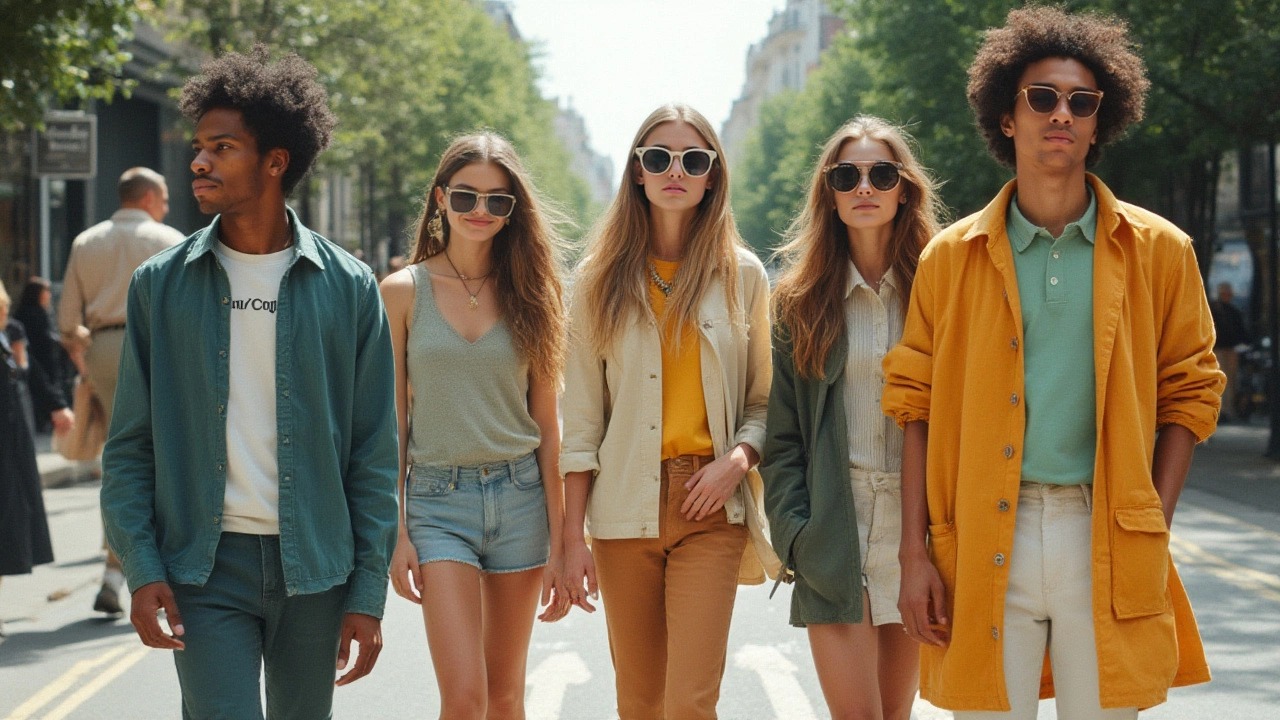Green Clothing: What It Is and Why It Matters
Green clothing means clothes made to hurt the planet less. It can be fabrics that are recycled, grown without harmful chemicals, or produced in factories that treat workers fairly. When you choose green clothing, you help cut down waste, keep water clean, and support brands that care about people.
Most shoppers think going green is pricey, but there are plenty of budget‑friendly options. You just need to know where to look and what to ask for.
How to Spot Real Green Clothing
First, check the label. Look for terms like "organic cotton," "recycled polyester," "Tencel," or "linen." These fabrics usually have a lower environmental impact than conventional cotton or polyester.
Second, think about the whole lifecycle. A shirt that lasts longer, can be repaired, or is easy to recycle is greener than a cheap piece that falls apart after a few washes.
Third, ask about certifications. The Global Organic Textile Standard (GOTS) and OEKO‑Tex are good signs that a brand follows strict eco guidelines.
Practical Ways to Build a Green Wardrobe
Start with basics you wear every day. Swap out a few fast‑fashion tees for organic cotton ones. They feel similar but are made without harsh pesticides.
Next, buy second‑hand. Thrift stores, online resale platforms, and local swap events are treasure troves for stylish pieces that have already been used.
When you need something new, choose classic cuts that won’t go out of style quickly. A simple denim jacket or a plain linen shirt can be mixed with many outfits, reducing the need to constantly buy trends.
Take care of your clothes to make them last longer. Wash in cold water, avoid the dryer when you can, and fix small tears before they become bigger problems. A little effort keeps garments in good shape and cuts down waste.
If you’re feeling adventurous, try DIY upcycling. Turn an old shirt into a tote bag or crop it into a fresh top. It’s a fun way to personalize your style while keeping fabric out of landfills.
Finally, support brands that are transparent about their supply chain. Companies that share where their fabrics come from and how they treat workers are easier to trust.
Green clothing isn’t a fad; it’s a smarter way to dress that benefits the planet and often feels better on your skin. By checking labels, buying timeless pieces, and caring for what you own, you can create a wardrobe that looks good, feels good, and does good.
